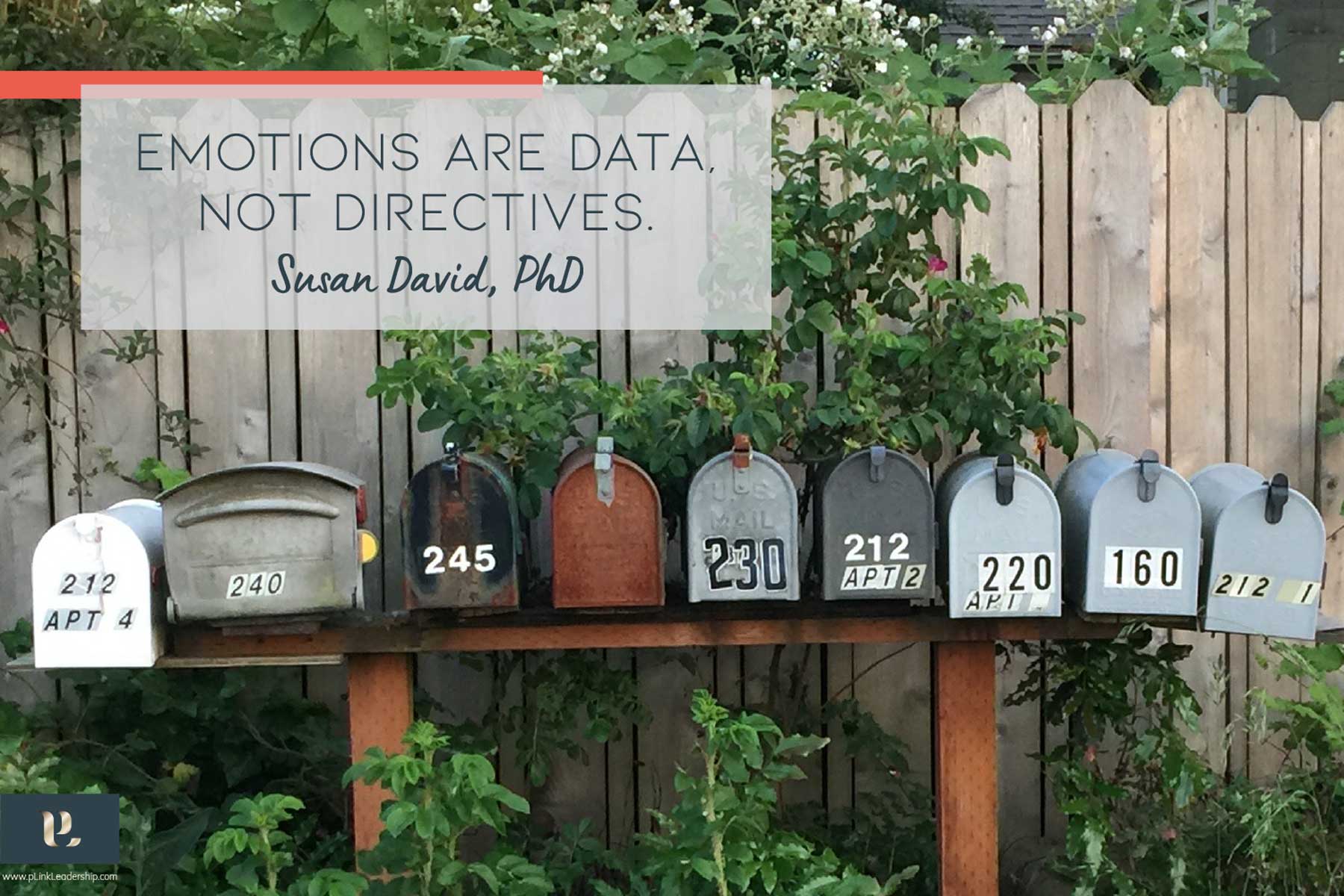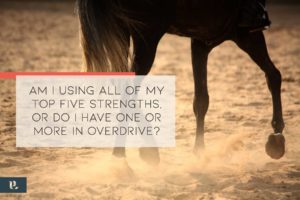“Our feelings are not there to be cast out or conquered. They’re there to be engaged and expressed with imagination and intelligence.”
T.K. Coleman
“My problem is that I’m too emotional.” My client sat slumped in her chair. Everything about her drooped, from her expression to her shoulders and likely to her toes, if I’d been able to see those. This was a message that had been reinforced to her through childhood, through her extensive graduate and post-graduate education, and into the workplace, where she was about to make partner. I can feel the sadness, disappointment, and frustration emanating from her. “I’ve been told I shouldn’t bring my emotions to work.”
The problem with that advice is that emotions are part of our physiology. Last time I checked, I didn’t think an emotion-ectomy was a common procedure. Thankfully, there is much research on emotional agility and how to thrive in work and life, despite the pace and uncertainty present in our worlds. We are emotional beings. How do we show up at work as our best selves, with our emotions?
Depending on the culture you hale from, or were immersed in growing up, you will have learned a story about emotions and their “acceptability” in terms of feeling and expression. Simply put, emotions are a form of messenger, an early warning system, evolved over millions of years to give us information, to motivate us and keep us safe. They provide one piece of information in our armory of wisdom. When we ignore or suppress them, especially the ones that we don’t enjoy experiencing, we may lose an important message or a cue for connection. If we don’t pause and reflect on the message behind the thought or emotion, we may become hooked and hijacked and react in a non-productive manner. And emotions are infectious: for example, we’ve all experienced an elevated emotion when walking into a room with a happy celebration ongoing–or that deflation/sense of dread we get walking into a room where an argument or conflict has been waged.
The feedback my client was receiving about not bringing emotions to work was perhaps not the full picture; it was more likely about the experienced impact and fallout from unprocessed or hijacked emotional reactions. With some simple strategies and practices, emotions can become an important and valuable ally in work and life.
Susan David’s research tells us that learning to increase our awareness, to become curious, and to be willing to experience the emotion are keys to engaging our emotional agility.
Add to this that our brains are meaning-making machines, and we make up stories using filters of previous experiences and belief structures (and with the minimum of actual external data), so we could have a whole “show” written and created that may, or may not, bear any resemblance to the truth. So not only do we want to engage with our emotions with curiosity, we also want to examine the stories or assumptions we’re making up.
This may be a new practice, and it does require an element of pausing and intentionally taking time to process the thoughts and emotions. Even if you need to excuse yourself and go to the bathroom or outside for air, it is time well invested. Especially as a leader, an explosive, reactive outburst carries more weight and leaves quite a wake in your work environment.
Here are some pointers to experiment with in your powerful pause:
- Notice – slow down enough to notice that you are having an emotional reaction.
- Name – name the emotion or emotions and any associated story. Be specific.
- Curious – be curious about what you are feeling and the story you are telling yourself. Sift through the messages and data. Look from different angles. Challenge your story.
- Accept – as Susan David says, “Acceptance is a pre-requisite for change,” accepting your whole self (the perceived “good” and “bad” emotions) with compassion, courage, and curiosity.
- Navigate – instead of avoiding emotions, invite them in for tea, learn from them, with your values by your side.
Learning to become emotionally agile requires intention and practice–and requires that you “choose courage over comfort,” as David says. This is worth it: to be the autonomous and engaged driver of your life experience, allowing you to learn and grow, vs. to resign and languish.



